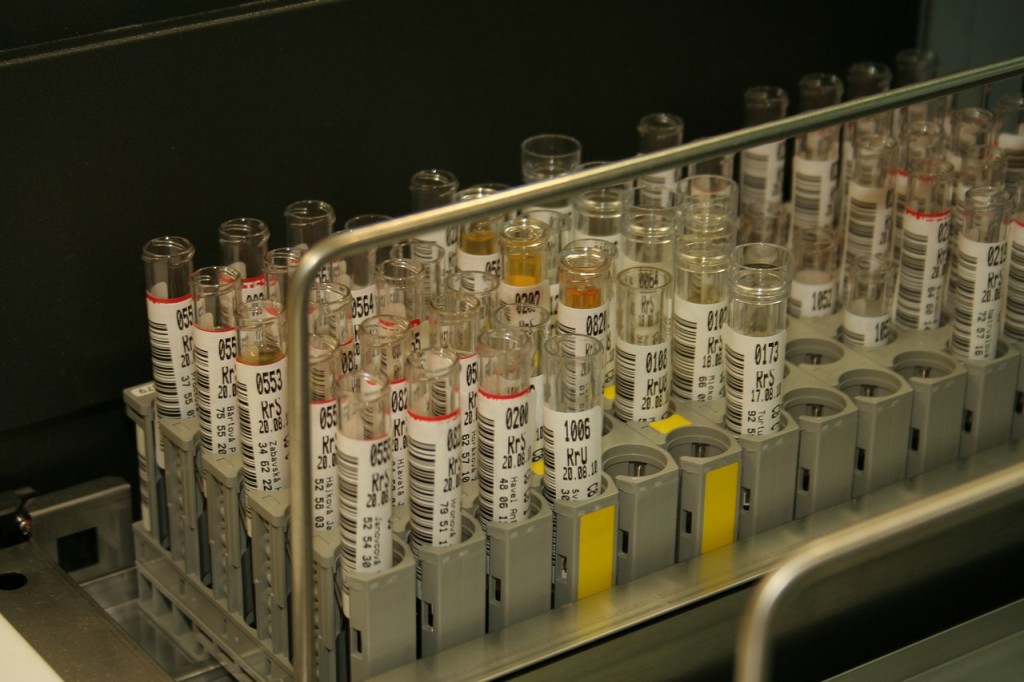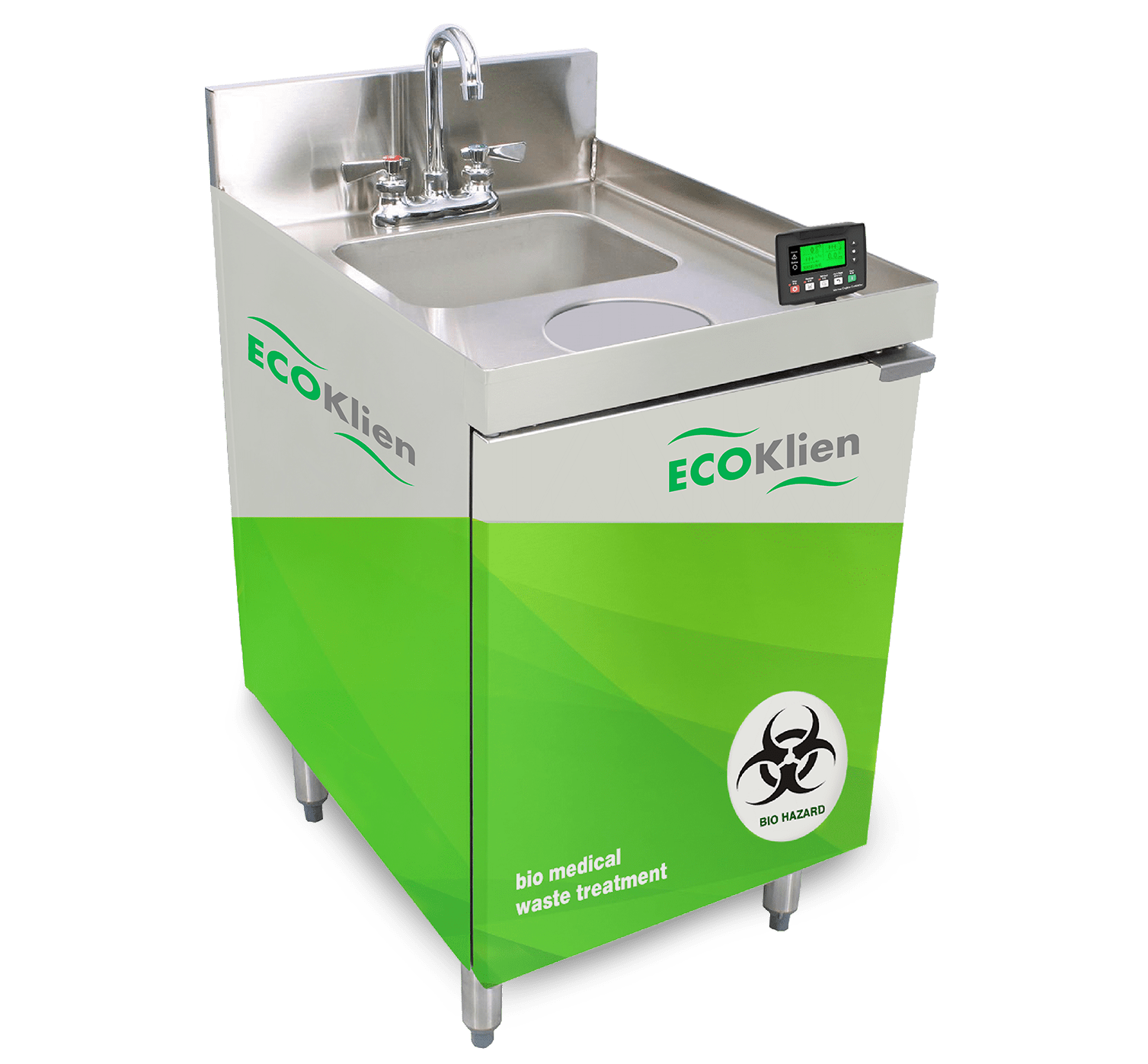Professional Liquid Waste Removal Melbourne: Rapid and Budget-friendly Services
Professional Liquid Waste Removal Melbourne: Rapid and Budget-friendly Services
Blog Article
How Fluid Waste Disposal Functions: A Detailed Summary of Strategies and Technologies Used

Review of Fluid Waste Types
The intricacy of fluid waste types necessitates a detailed understanding of their qualities and effects for disposal. Fluid waste can generally be categorized into numerous types, consisting of industrial, municipal, farming, and harmful waste. Each classification exhibits unique properties, requiring details management approaches to minimize environmental and health and wellness dangers.
Industrial liquid waste stems from producing procedures and commonly consists of a series of contaminants, such as hefty metals, solvents, and organic compounds. Metropolitan liquid waste, primarily making up wastewater from families and business facilities, includes natural matter, nutrients, and pathogens (industrial wastewater treatment). Agricultural fluid waste, consisting of overflow from farms, might have plant foods, chemicals, and animal waste, posing dangers to water top quality and communities
Dangerous fluid waste is identified by its toxicity, sensitivity, or possible to cause injury. This group includes substances like acids, bases, and particular chemicals that necessitate rigorous handling and disposal procedures. Recognizing these diverse liquid waste types is essential for developing effective disposal methods and guaranteeing compliance with environmental laws. Appropriate classification and characterization are vital for carrying out proper therapy strategies and reducing the negative effects on public health and the atmosphere.
Physical Treatment Methods

Testing is the preliminary step, where bigger fragments and particles are eliminated from the fluid waste using displays or grates. This process safeguards downstream devices from damage and guarantees smoother procedure. Adhering to testing, sedimentation utilizes gravitational pressure to separate solids from fluids. In sedimentation containers, much heavier fragments resolve at the bottom, forming a sludge layer, while the made clear liquid can be further treated.
Purification is an additional necessary method that includes passing the fluid with porous materials, such as sand or membranes, to catch smaller sized bits. This step improves the top quality of the fluid, making it ideal for succeeding treatment processes.

Chemical Therapy Strategies
Chemical therapy methods are essential for effectively taking care of liquid waste, especially in dealing with liquified and colloidal contaminants that physical methods might not appropriately remove. These strategies make use of different chemical representatives to reduce the effects of, speed up, or transform dangerous compounds right into much less harmful types.
One typical approach is coagulation and flocculation, where chemicals such as alum or ferric chloride are contributed to promote the aggregation of suspended bits. This procedure improves sedimentation, permitting easier removal of the resulting sludge. Additionally, oxidation processes, employing agents like chlorine or ozone, are used to break down complex natural substances and microorganisms, look at these guys providing the waste much safer for discharge or more treatment.
Neutralization is another crucial method, which adjusts the pH of acidic or alkaline waste streams to neutral levels, protecting against possible damage to downstream systems and the setting. Moreover, advanced oxidation processes (AOPs) make use of combinations of oxidants and ultraviolet light to break down relentless toxins, achieving a greater level of therapy effectiveness.
Organic Treatment Processes
Organic treatment processes play a crucial role in the monitoring of fluid waste by utilizing microbes to break down organic matter and lower pollutant degrees. These processes can be generally classified right into anaerobic and cardio therapies, each utilizing specific microbial areas to attain effective waste deterioration.
Cardio therapy entails making use of oxygen to promote the break down of organic materials by germs. This process is commonly applied in turned on sludge systems, where aeration containers provide a favorable setting for microbial development, resulting in the oxidation of natural toxins. The resultant biomass can be separated from dealt with effluent via sedimentation.
In contrast, anaerobic therapy takes place in the absence of oxygen, depending on various germs to damage down organic matter. This technique is especially beneficial for high-strength waste, as it generates biogas, a sustainable energy resource, while decreasing sludge production. Technologies such as anaerobic digesters are regularly employed in commercial and local applications.
Both cardio and anaerobic organic therapies not just decrease the ecological impact of fluid waste but additionally facilitate resource recovery, making them crucial elements of sustainable waste management techniques. Their flexibility, effectiveness, and effectiveness sustain their extensive implementation throughout various markets.
Arising Technologies in Disposal
Innovative methods to fluid waste disposal are quickly progressing, driven by advancements in modern technology and a boosting focus on sustainability. Among these emerging modern technologies, membrane bioreactors (MBRs) have actually acquired traction for their ability to incorporate organic therapy with membrane purification, causing high-quality effluent that can be reused in numerous applications. MBRs allow smaller sized impacts and more effective procedures compared to typical systems.
Another encouraging advancement is making use of anaerobic digestion combined with nutrient healing innovations, which not just deals with liquid waste but likewise generates biogas and recuperates valuable nutrients like nitrogen and phosphorus. This double advantage boosts resource efficiency and decreases environmental effect.
In addition, advanced oxidation processes (AOPs) are being taken on for the deterioration of complex organic toxins. These methods make use of effective oxidants and catalysts to break down contaminants at the molecular degree, using a very efficient service for challenging waste streams.
Additionally, the combination of expert system and artificial intelligence in waste management systems is optimizing functional efficiency and predictive upkeep, resulting in lowered expenses and improved ecological conformity. he said These innovations reflect a significant change discover this towards even more effective and lasting liquid waste disposal techniques.
Final Thought
In conclusion, reliable fluid garbage disposal demands a detailed understanding of numerous strategies and technologies. The combination of physical, chemical, and organic treatment approaches makes certain the effective administration of diverse waste types. In addition, the emergence of innovative innovations boosts therapy effectiveness and advertises sustainability in waste monitoring practices. By continually advancing these approaches, it becomes possible to address the growing difficulties associated with fluid waste, ultimately adding to environmental management and resource recovery.
Fluid waste disposal is an important facet of environmental administration, requiring a comprehensive understanding of various strategies and technologies customized to different waste kinds. Fluid waste can broadly be categorized right into several kinds, including industrial, municipal, farming, and hazardous waste. Agricultural fluid waste, including drainage from ranches, might have fertilizers, chemicals, and animal waste, positioning dangers to water quality and environments.
Different physical treatment techniques play an important duty in handling liquid waste efficiently - industrial wastewater treatment.In conclusion, effective liquid waste disposal requires a thorough understanding of different techniques and modern technologies
Report this page